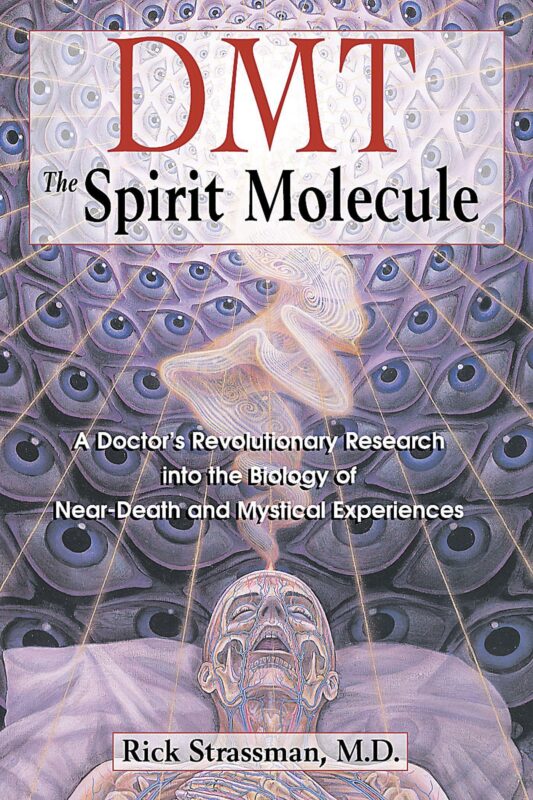Why DMT is called the Spirit Molecule?

The term “Spirit Molecule” comes from the profound spiritual experiences reported by many users of DMT. Many believe that DMT can open the doors to other dimensions, entities, and even contact with higher intelligence. It is often used in shamanic practices as a tool for spiritual exploration and healing.
A brief word about DMT

DMT has a unique chemical structure that allows it to cross the blood-brain barrier and bind to serotonin receptors in the brain. This leads to a rapid onset of hallucinations and intense altered states of consciousness. Studies have shown that DMT can induce experiences of ego-death, timelessness, and connection to a higher power.
The effects of DMT are quite rapid, typically occurring within seconds of ingestion and lasting approximately 30-45 minutes. DMT experiences are often individual, but some common themes emerge. Many describe encounters with mystical beings, geometric patterns, and otherworldly landscapes. Users report profound spiritual realizations and a deep sense of connection to the universe.
Shamanism and the Spirit Molecule
Throughout history, shamans have used DMT as a means of spiritual guidance, healing, and divination.Shamanism is a spiritual practice that has been around for thousands of years. It is believed to have originated in Siberia and spread throughout the world. Shamans are typically healers, spiritual guides, and leaders within their communities. They use a range of techniques, from drumming and chanting to meditation and hallucinogenic plants, to enter trance states and communicate with spirits in order to heal physical and emotional ailments.

Shamanic practices have been identified in cultures worldwide, including in the Americas, Africa, and Asia. Although shamanism differs by region, there are many commonalities throughout. Most shamanic rituals and ceremonies involve the use of ritualistic items like drums, rattles, masks, herbs, and other natural objects. For example, the ayahuasca plant contains a high concentration of DMT and is used in shamanic rituals throughout South America.
Rick Strassman’s research on dimethyltryptamine

One of the leading researchers on DMT is Rick Strassman, M.D. In the 1990s, Strassman conducted a series of studies on the effects of DMT on human participants. The research continued from his work on melatonin. During these studies, participants were injected with DMT and their experiences were recorded.
Many of the participants reported having intense spiritual experiences, including encounters with spiritual beings or entities. Some participants also reported feeling a sense of unity or oneness with the universe, as well as a loss of their sense of self. These experiences are similar to those reported by individuals who have used DMT in non-clinical settings or as part of spiritual practices.
Research has shown that DMT binds to various serotonin receptors in the brain, which leads to its psychedelic effects. However, the exact relationship between DMT and spiritual experiences is still not clear.
Over a period of five years, he gave around 400 doses of DMT to almost 60 human subjects as part of the project. Strassman was the first person in the United States in two decades to legally administer psychedelics to individuals, and his study is credited with initiating the “psychedelic renaissance,” during which several psychedelic substances are being scientifically explored for the first time since the 1970s.
Why the Spirit Molecule?

After conducting his research, Strassman gave DMT the nickname of the “spirit molecule” due to its ability to induce experiences resembling those of religious nature. These experiences included visions, voices, disembodied consciousness, powerful emotions, novel insights, and feelings of overwhelming significance.
Strassman thoroughly documented his investigation in his book “DMT: The Spirit Molecule,” and collaborated on a 2010 documentary movie with the same name which was based on his work.
For shamans, DMT is seen as a tool for traveling to other planes of reality, where they can access spiritual knowledge and healing energies. These experiences are often described as deeply transformative, leading to profound changes in the shaman and the people they work with. Some shamans even report being able to identify and remove negative spiritual entities that are causing physical or emotional distress.

